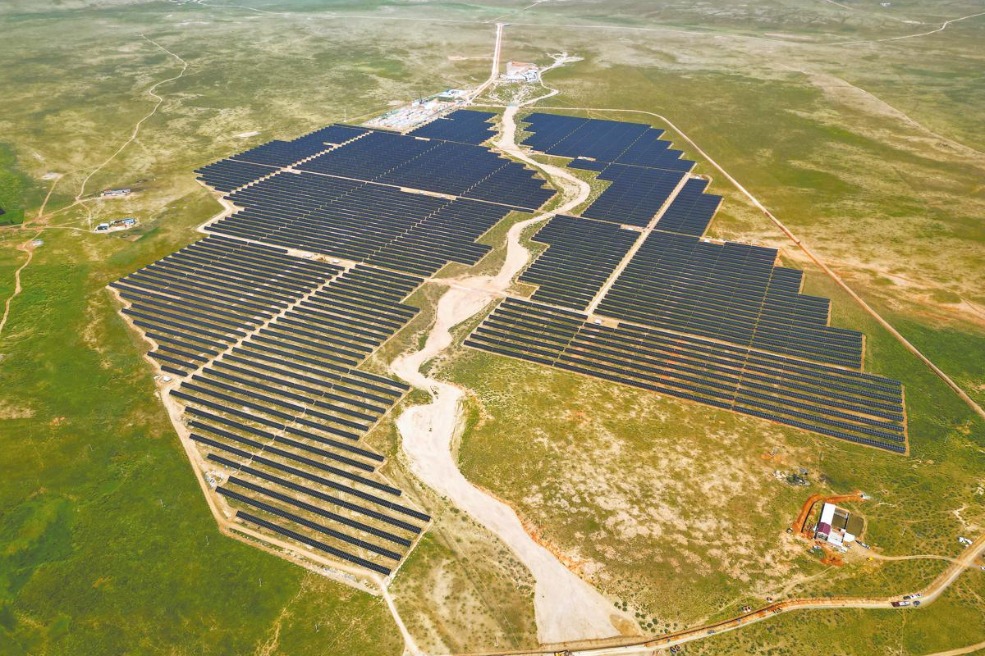Thirty two years watching the evolution of China


The island of Hainan attracts many visitors from across the country and beyond. In 1993, I almost had the beach at Sanya’s Dadonghai to myself. People had few if any holidays and certainly not the savings or income to spend on such comforts. Today, Hainan offers world-leading levels of hotel accommodation and experiences. Aside from the coastlines, I travelled inland to visit what was a small town, Tongshi, today known as Wuzhishan. It was solo-immersion in a semi-rural community where many, particularly older people, spoke no standard Chinese. Today it and similar once isolated communities have benefited through greater connectivity. Airport construction, for example, has opened up once remote areas such as northwestern Yunnan for tourism, providing employment for many young people who would otherwise head to the cities.
Urban living conditions have also changed so much over the years; one daily experience is public transport. Few metro lines outside of Beijing meant people previously chose to travel bus, which often old and usually very overcrowded. Today, not only has the quality of buses vastly improved but the construction of many metro lines in cities across China make it easier to connect between destinations. For example, to travel between stations on high speed services, often located on city outskirts, and downtown.
































